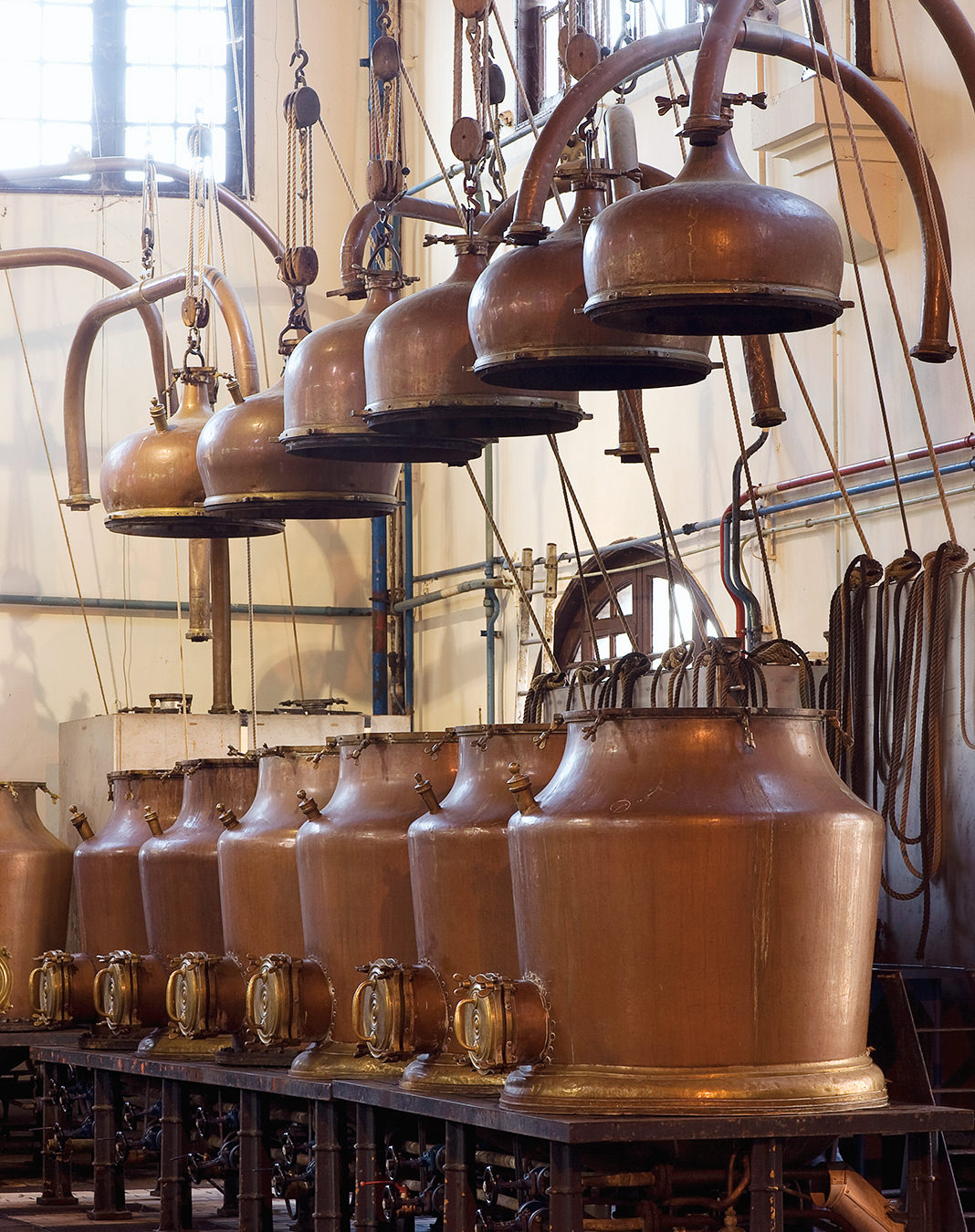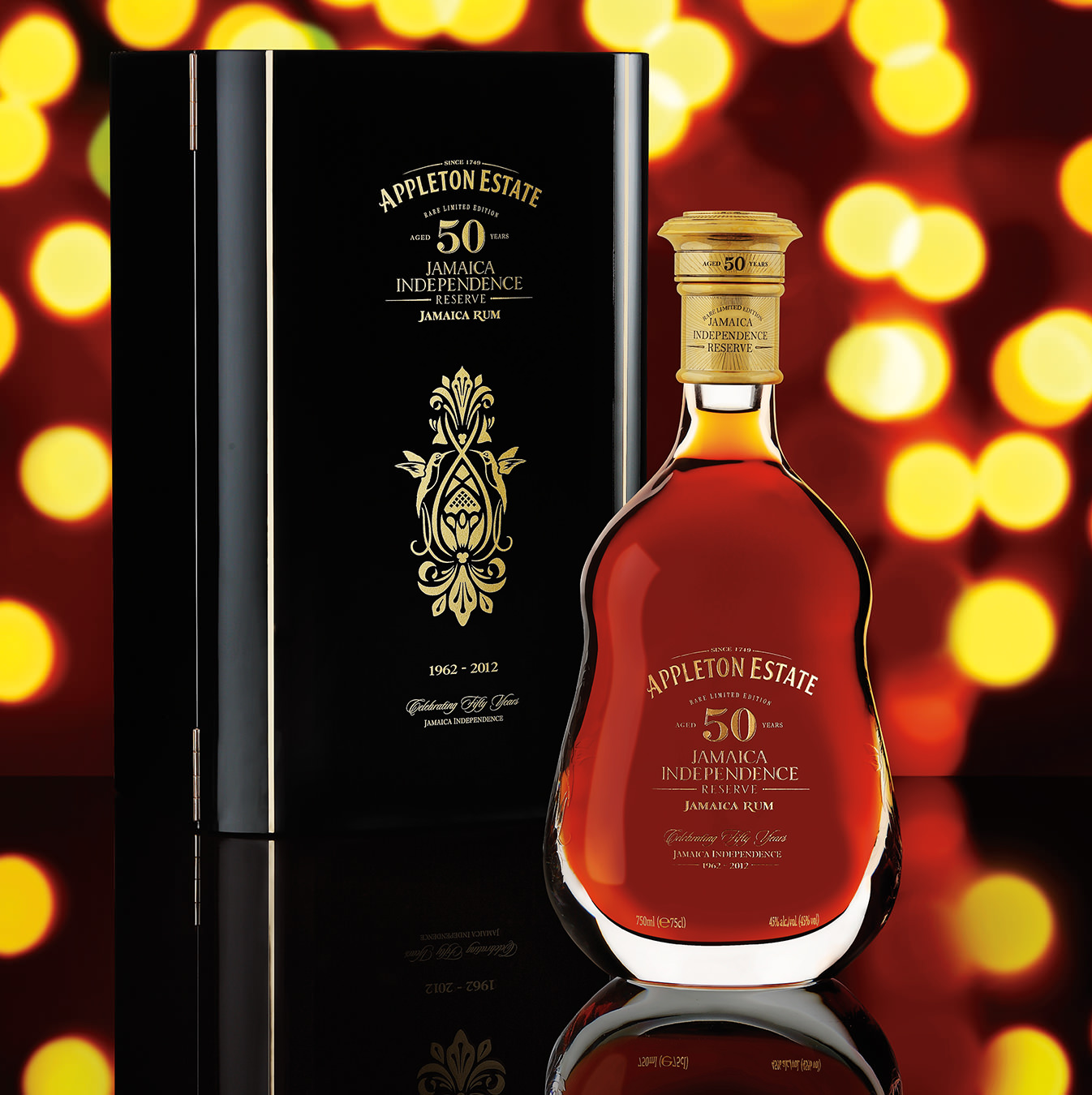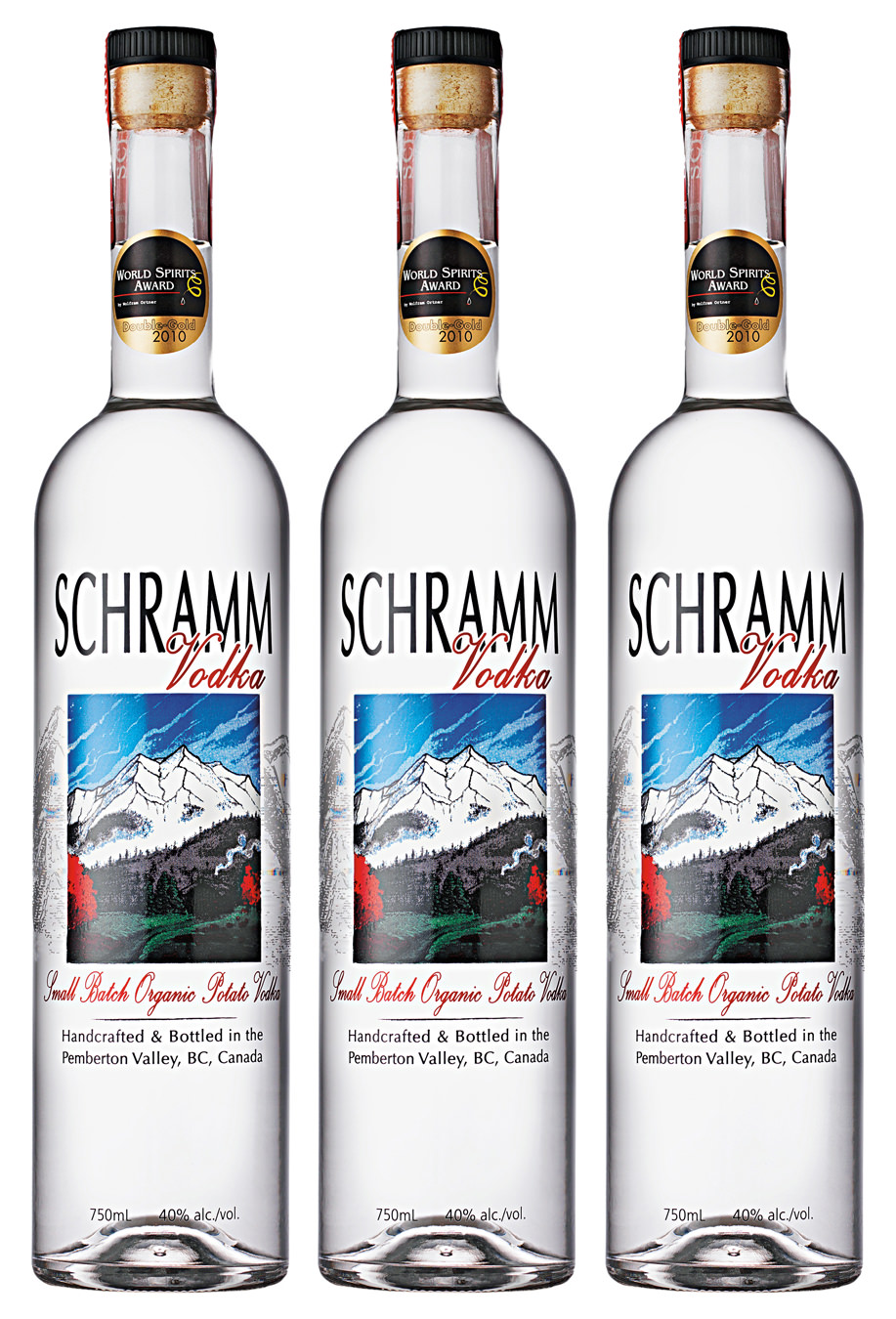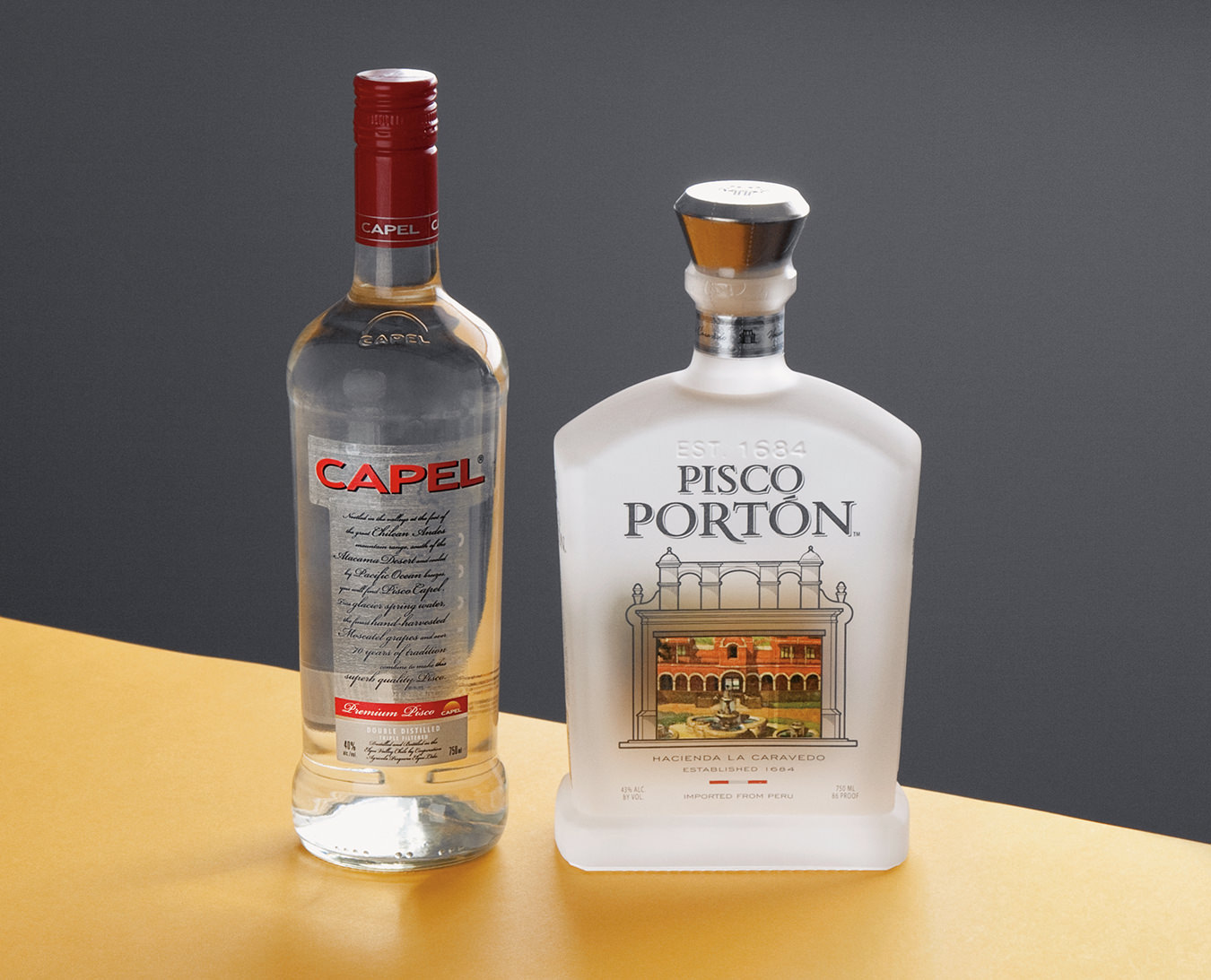House of Bols
The spirit of Holland.
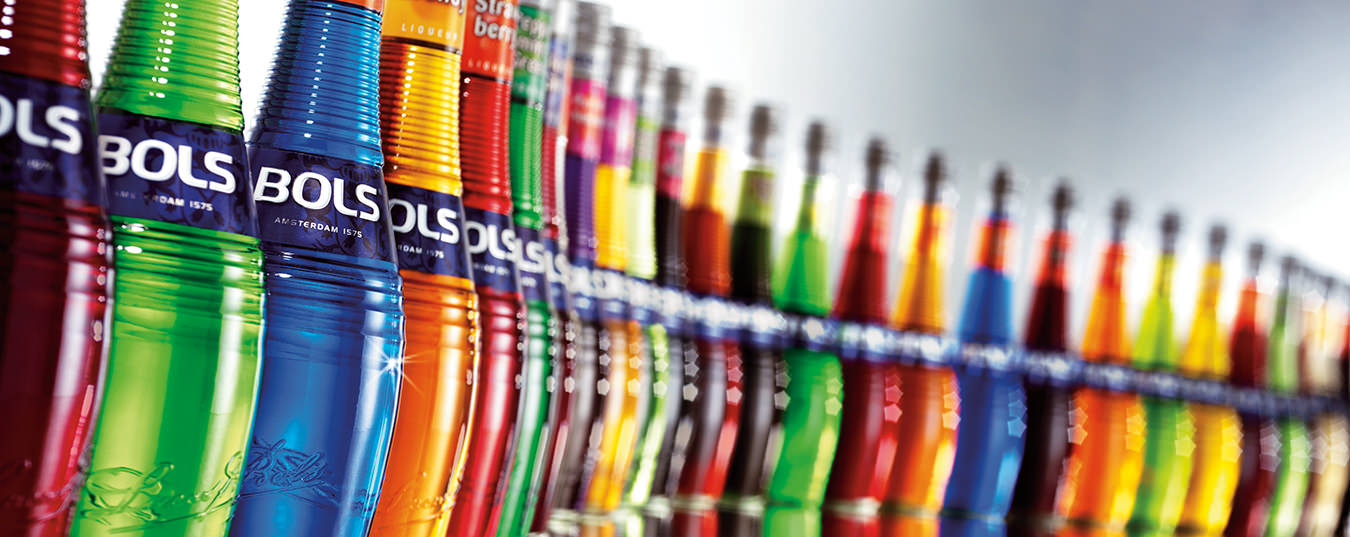
The oldest brand of distilled spirits still in operation was created more than 400 years ago when Pieter Jacobsz Bols settled in Amsterdam in 1575 and began distilling. After Pieter’s death, his son Lucas, an influential businessman during the Dutch Golden Age (when Amsterdam was a dominant trading city), put, as they say, the family distillery on the map. As a major shareholder of the Dutch East India Company, Lucas Bols had first choice of the herbs and spices that seafaring merchants brought into Amsterdam from exotic locations. He created hundreds of liqueurs—“elixirs”, as they were known at the time—by distilling, macerating, and percolating those natural ingredients.
As was customary, the distillery passed from father to son until 1816, when this tradition abruptly ended. The last of the male heirs—also named Lucas Bols—married Anna Margaretha Luderus and had three children, all daughters. When Lucas died, his widow decided to sell the business under the condition that the company name Lucas Bols should be maintained.
Gabriël van ’t Wout, a Rotterdam financier and bookkeeper, bought the company, and it flourished. A significant achievement during that time was that all recipes were recorded in writing; before 1816, formulas passed down orally by the master distiller to his apprentice, which caused many accidental changes. (This record of recipes allows Bols to re-create ancient products, including Blue Curaçao, which was revived in 1970 from an 1823 recipe called Crème de Ciel, or Cream of the Skies, and is now known as Bols Blue.) The company has since become a worldwide success, and Bols products are currently available in 110 countries.
On any given workday, lead product developer Peter van ’t Zelfde might hop on his bike to buy produce at the market. But it’s not for supper that he’s buying ingredients like tubs of yogurt, melons, and mangoes. “They say, ‘Make a mango liqueur,’ and so I go to the market and buy mangoes,” he says. “Then I make extracts. I cut off the peel and put that in alcohol. Then I cut off the flesh and put that in a separate container. Then I determine how long the extraction needs to be—a few hours [to] a few days.” The extraction time depends on the flavour profile required, whether it needs to be bitter, fruity, sweet, or sour. Peels and leaves in general require a higher alcohol content for extraction because they have more essential oils, whereas fruits depend on a lower alcohol content due to their more water-soluble flavouring components. (All Bols liqueurs have an alcohol base that’s distilled mainly from molasses and sweetened with sugar syrup that comes, for the most part, from sugar beets.)
Van ’t Zelfde and master distiller Piet van Leijenhorst recently perfected a watermelon-based liqueur, the latest Bols flavour to appear on the market. A single sip is enough to demonstrate how amazingly close it is to the real deal in aroma and taste, and its launch this past February brought the number of Bols liqueurs to 36. In addition to Watermelon, Van ’t Zelfde has developed five new flavours for Bols in his four years working for them: Sour Apple, Mango, Pomegranate, Triple Sec and Lime (no longer available), and Natural Yoghurt. The latter, an intriguing concoction made from whole-milk yogurt, is creamy, tangy, and delicious.
Along with liqueurs, Bols makes a range of geneva (whose predominant flavour is derived from juniper berries), which is the original cocktail base, going back to the 1800s, when six times more geneva than gin was imported into the United States. Bols has kept the tradition, maintaining the largest cocktail database in the world at 18,000 online recipes.
No surprise, then, that when the Bols administrative offices and product development lab moved into their current location in 2007, the Bols Bartending Academy was founded on the second floor. The academy is one of the most advanced bar schools in the world. Trainers Malika Saidi and Rob Rademaker take budding bartenders through the basics of muddling, shaking, stirring, and layering. They can then go on to learn such techniques as free pouring, and the showmen types learn how to “flair” (theatrical drink pouring that includes juggling bottles), a skill many bartenders attempt but few will truly master.
Bols has an ad slogan that claims, “We are not the Van Gogh [Museum] but we are pretty close.” And they are. The Bols headquarters are located across the street from the Van Gogh Museum, and more than a few people escape that long queue to visit Bols’s own museum, the House of Bols, an interactive, educational, and multi-sensory experience. In one room, visitors pop a flavour wafer into their mouths and watch pictures of cherries, strawberries, raspberries, and the like. They are then asked to guess the flavour, with the answer hidden under a lift-up panel. In another room, visitors try to guess the aromas of 36 “sniff” machines. The visit ends in the striking Mirror Bar with a cocktail of choice undoubtedly incorporating a Bols flavour—and hopefully a few bar tricks, too.

